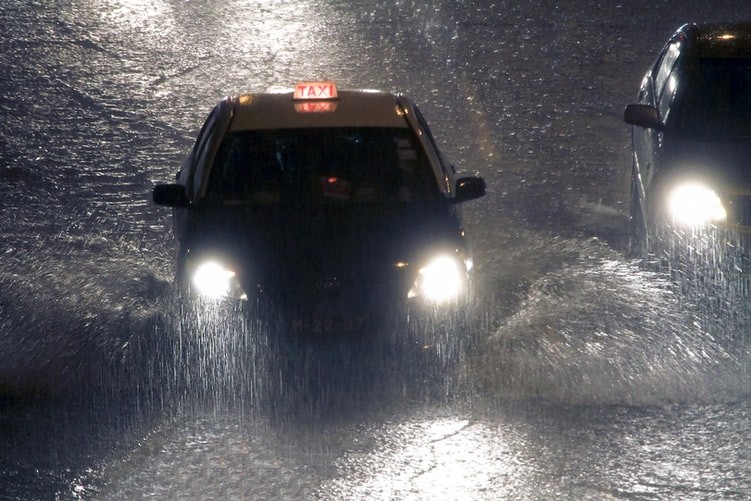The frequency and intensity of extreme weather conditions and climate events have significantly affected both human life and the natural environment.

Holding capacity for atmospheric water vapor has been increasing due to global warming, and that leads to the escalation of water and/or energy circulation. That causes noticeable changes in the occurrence of precipitation extremes.
A recent study by Dr. Qin Peihua and his colleagues from the IAP or the Institute of Atmospheric Physics of the Chinse Academy of Sciences investigates precipitation extremes in modern-day China using the RegCM4 regional climate model and GC or the Global Climate Models. The two models took part in the CMIP5 or the Coupled Model Intercomparison Project Phase 5.
Qin and his team assessed data based on the joint performance of the CMIP5 and RegCM4 to demonstrate an extreme precipitation simulation in the current era. According to the study's results, there is a significantly high chance that four Chinese subregions would probably experience an increase in precipitation extremes in the nearest possible future; mid-future or MF: 2039-2058 and distant far-future or FF: 2079-2098.
Those are relatively based on the RF period on both the CMIP5 ensemble mean and the RCM ensemble mean. The ensemble empirical mode decomposition (EEMD) secular (non-seasonal) trends in the extremes were predicted to increase from 2008 to 2098.
The researchers also quantified the increasing rates of precipitation changes in the mid-future and far-future periods in the four Chinese subregions according to the changes in temperature of the air surface.
"Finally, based on the water vapor equation, we find changes in precipitation extremes in China for the MF and FF periods have a positive correlation with changes in the atmospheric vertical wind multiplied by changes in surface specific humidity," said Qin. "This finding might help understand and predict precipitation extremes better."
How can Global Warming affect Earth's precipitation?
Changes in precipiation happen to be among the most critical factors in determining the holistic effect of global warming.
A warmer atmospheric temperature can hold more moisture, and globally water vapor will increase by 7% for every significant heat spike. This way, this event will translate into global precipitation changes is murky at best. But, the total rainfall volume is likely to increase by 1-2% per degree of warming.
Many evidence shows that some wet regions are already getting wetter. On the other hand, dry areas are also getting dries. The climate and weather extremes are direly increasing.
Climate and Weather Prediction
Among the types of precipitation, rainfall is the most difficult to predict. It is the changes in weather patterns that make expecting rain patterns particularly difficult.
In a 2011 climate change article, weather scientists discussed that it would take time before the technology to do so would even be possible.
Fortunately, because of the modern age's rapid technological advancements, that far-future possibility has been closer to our hands. A clear example of such improvement is the fact that Dr. Gin Peihua was able to conduct such a study that gave him a relatively confident result.
For more news update about the climate change and similar topics, don't forget to follow Nature World News!
© 2025 NatureWorldNews.com All rights reserved. Do not reproduce without permission.





